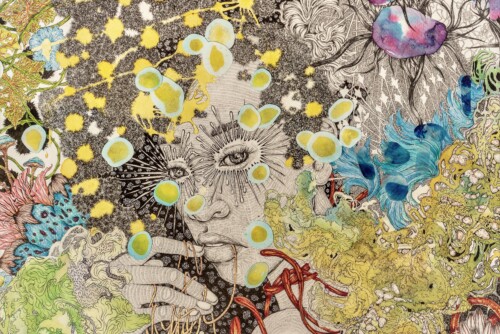The conceptualization of the universities that we proceeded from was thus not limited to formal academic training function but included an understanding of universities as institutions that produce and transmit culture—and shape political and moral values, including gender ideologies and identities. Universities do not simply turn out engineers, computer scientists, architects, social scientists, historians, philosophers and so on. Through what is often referred to as the hidden curriculum, universities also produce men and women schooled to be particular kinds of citizens and to uphold particular norms, values, and assumptions.
Modern universities have only relatively recently begun to take seriously their responsibilities to provide equally to both women and men. Initially, the colonial colleges that preceded Africa’s universities were not designed to accommodate women in equal numbers, even though they did not specifically exclude them. So it was that only a handful of women attended the case study institutions during their early years. There was little residential provision and few of the necessary facilities. To name only the most obvious, women’s toilets and childcare facilities were often not provided, while recreational, dining, and drinking facilities clearly reflected male sports and leisure habits. While women’s residences have been built and housing policies adjusted in some cases, there are still many institutions at which equal numbers of women could not be accommodated in the basic structure and layout. Indeed, the ongoing struggles for more and better accommodation, improved security lighting, sexual harassment policies, maternity provision, childcare facilities, and for women faculty to be given equal rights to campus accommodations, bear witness to this fact.
Women who attended the Universities of Ibadan, Ghana, Addis Ababa, and Cheikh Ant Diop from the 1950s to the 1970s described being treated as “special”—rather like rare birds, with courtesy and chivalry. They were not seen as posing any real threat to men’s clear dominance, and they were not always taken seriously as scholars. For example:
While there was never any doubt that the University of Ghana would be co-educational, both its antecedents and early practices marked it as a profoundly male space concerned with the creation of modern African masculinities. The low numbers of female faculty have improved slowly (Tsikata 2007, 30).
. . . These institutions have been places “of the new-men for the new-men.” In this way, African universities should not be seen as static, gender-neutral spaces to which women have been benignly and invisibly added. Rather, these spaces and places are intricately marked with codes for man-as-thinker, man-as-aggressive-debater, man-as-athlete, boys-becoming-men, etc. The addition of women to this men’s club is thus not only a statistical but also an extremely meaningful social and symbolic exercise—which is by its very nature, dynamic, challenging, and likely conflicted. It cannot be a coincidence that the dominant position of men remains a quantitative fact of life in African higher education (Barnes 2007, 12).
During the latter part of the twentieth century, the higher education sector expanded across Africa as government responded to public demand and increased the number of institutions from a handful of colonially-bequeathed colleges to over 600 universities, not to mention polytechnics, colleges of nursing, and other higher education institutions. The “massification” of higher education meant that the overall numbers of women on campus increased, and the disparities in provision became more evident. Women began organizing to demand improved conditions of service and more equal treatment during the 1980s (Bennett 2003). The push for gender equality in the universities did not occur in a vacuum but was part and parcel of the rising feminist consciousness across the developing world. Women’s roles in African development were increasingly articulated by the growing networks of gender activists, in the context of the development crisis. The United Nations decade for women was a product of this international movement that served to further stimulate gender activism in scholarly arenas, including the establishment of the initial women and gender studies courses and research projects in Nigeria and Tanzania, respectively.
However, following the development crisis and the ensuing imposition of structural adjustment programmes that constrained public spending, the capacity and quality of African higher education has been severely compromised, even as gender activism and scholarship have taken root on campuses.
The African continent has entered the 21st century with the lowest gross enrolment rates in the world and persisting gender disparities in enrolment, staffing, and graduation statistics. In effect, the continent faces the emergence of the “knowledge society” severely short of highly-trained personnel, with the key institutions that might produce them in a dire condition—and still characterized by the long-standing patterns of gender inequality that we set out to investigate.



